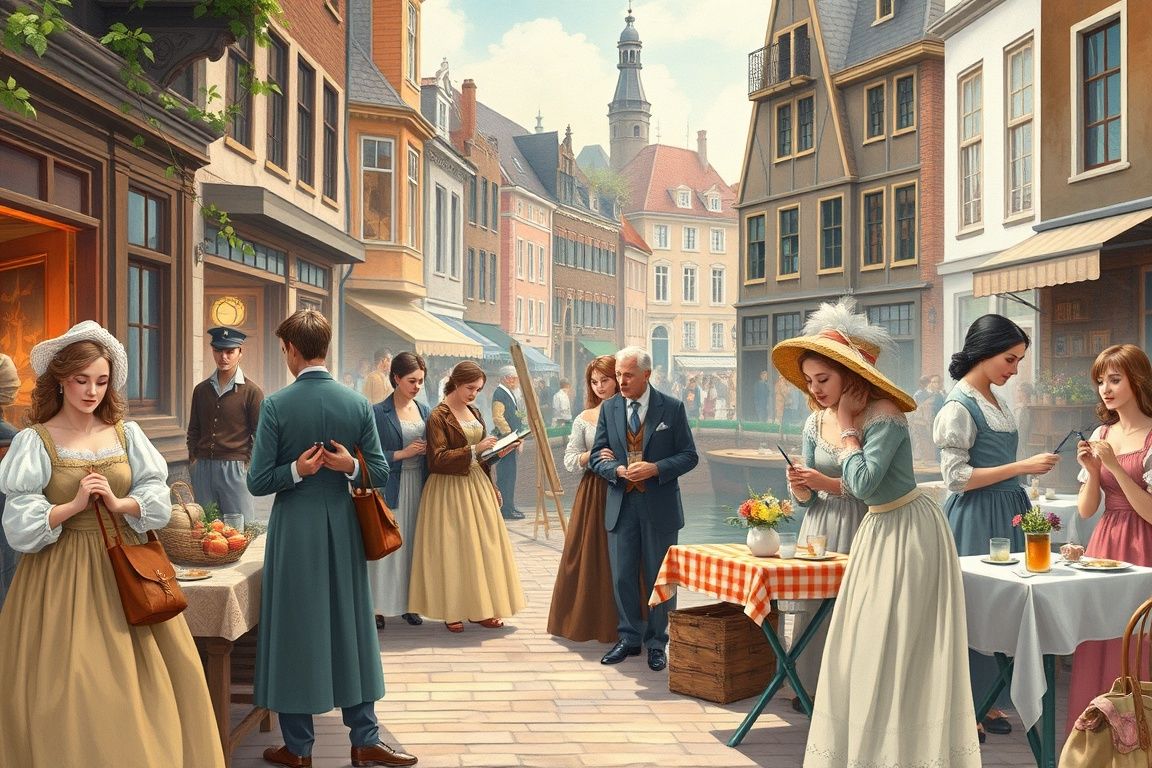The Dutch Golden Age

This course focuses on the remarkable artistry of 17th-century Dutch painters. Participants will explore the realism and attention to detail in the works of Vermeer and Rembrandt, as well as the role of trade and commerce in shaping this period.
Why It’s Worth It
Deepen your understanding of Dutch art and its historical context, enabling a greater appreciation of its masterpieces.
Gain insights into how cultural and economic factors shaped artistic production, offering a holistic view of the era.
Develop critical thinking skills through comparative analysis and interpretations, enhancing your analytical abilities in art criticism.
Your Learning Roadmap
Historical Context of the Dutch Golden Age
This module examines the factors that paved the way for the Dutch Golden Age. Learners will understand the convergence of trade, political freedoms, and cultural forces which not only influenced daily life but also laid the groundwork for artistic revolution. Foundations of the Golden Age Social and Economic Landscape Political and Cultural Forces
Profiles of Dutch Masters: Rembrandt & Vermeer
This module focuses on the biographical and artistic journeys of two towering figures in Dutch art. Through detailed studies of Rembrandt and Vermeer, learners will appreciate the interplay between personal experience, technique, and cultural influence in producing works of timeless beauty. Rembrandt: Life and Art Vermeer: The Master of Light Artistic Legacies and Influences
Techniques and Realism in Dutch Art
This module scrutinizes the technical mastery behind Dutch paintings. It provides learners with a deeper understanding of the use of light, shadow, composition, and innovative methods that allowed painters like Rembrandt and Vermeer to capture everyday life with unmatched quality and precision. Innovative Use of Light and Shadow Mastery of Detail and Composition Technical Innovations and Methods
Commerce and Culture: The Engine of Art
This module illuminates the critical role that commerce and trade played in shaping the art world. Learners will see how economic prosperity, global trade networks, and merchant patronage directly impacted artistic production, leading to a flourishing of creative expression during the Dutch Golden Age. Trade and Economic Prosperity Art Markets and Patronage Merchant Culture and Artistic Investment
Critical Frameworks and Interpretations
In this final module, participants will engage with contemporary critical perspectives to interpret Dutch art. Referencing frameworks from influential works such as Simon Schama’s 'The Embarrassment of Riches', learners will analyze art through historical, cultural, and economic lenses, deepening their analytical skills. Art Criticism and Interpretive Frameworks Insights from 'The Embarrassment of Riches' Comparative Analysis: Dutch and Other Traditions
What Users Are Saying
All You Need to Know
Enroll in The Dutch Golden Age
Real-time engagement with an AI assistant for personalized learning.
Access lessons on demand, allowing flexible study schedules.
Focus on practical applications of art techniques from the course.
Comprehensive analysis of Dutch art through socio-economic lenses.
Interactive format promotes active participation and inquiry.
Structured learning through modules and lessons ensures thorough understanding.
